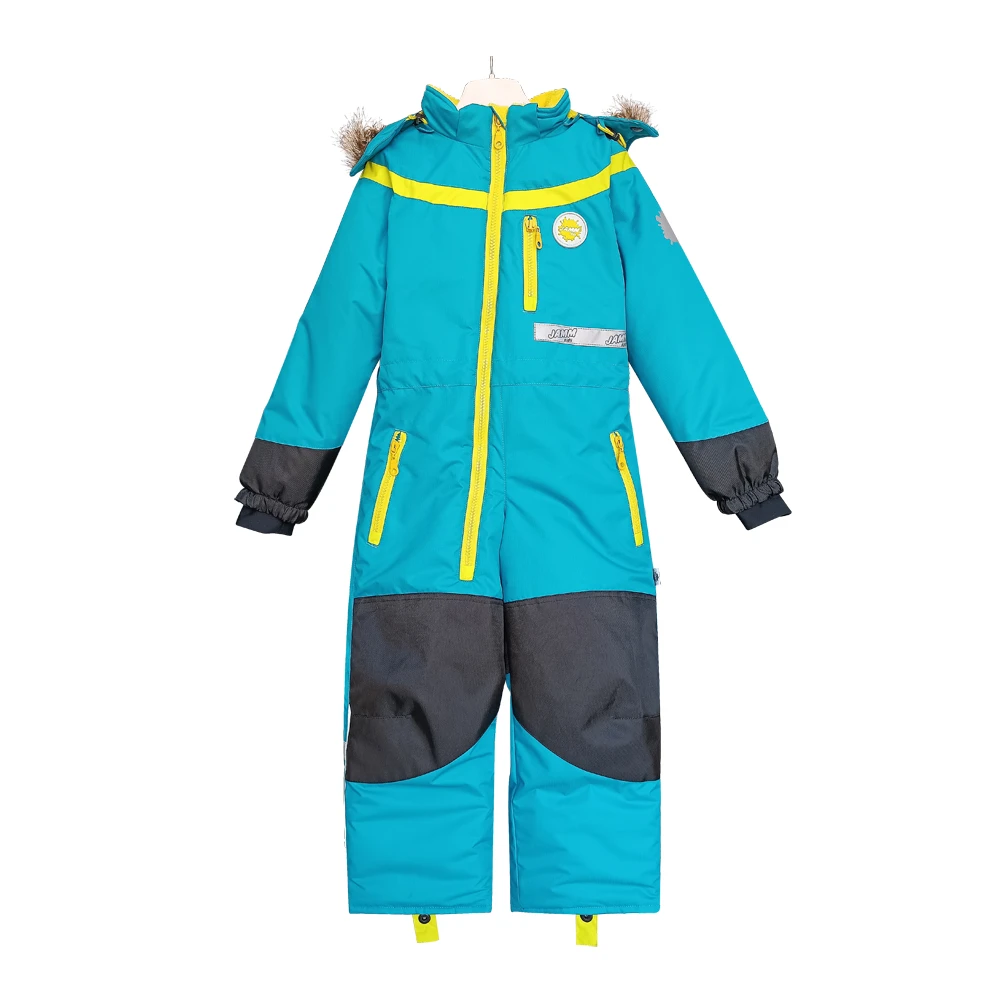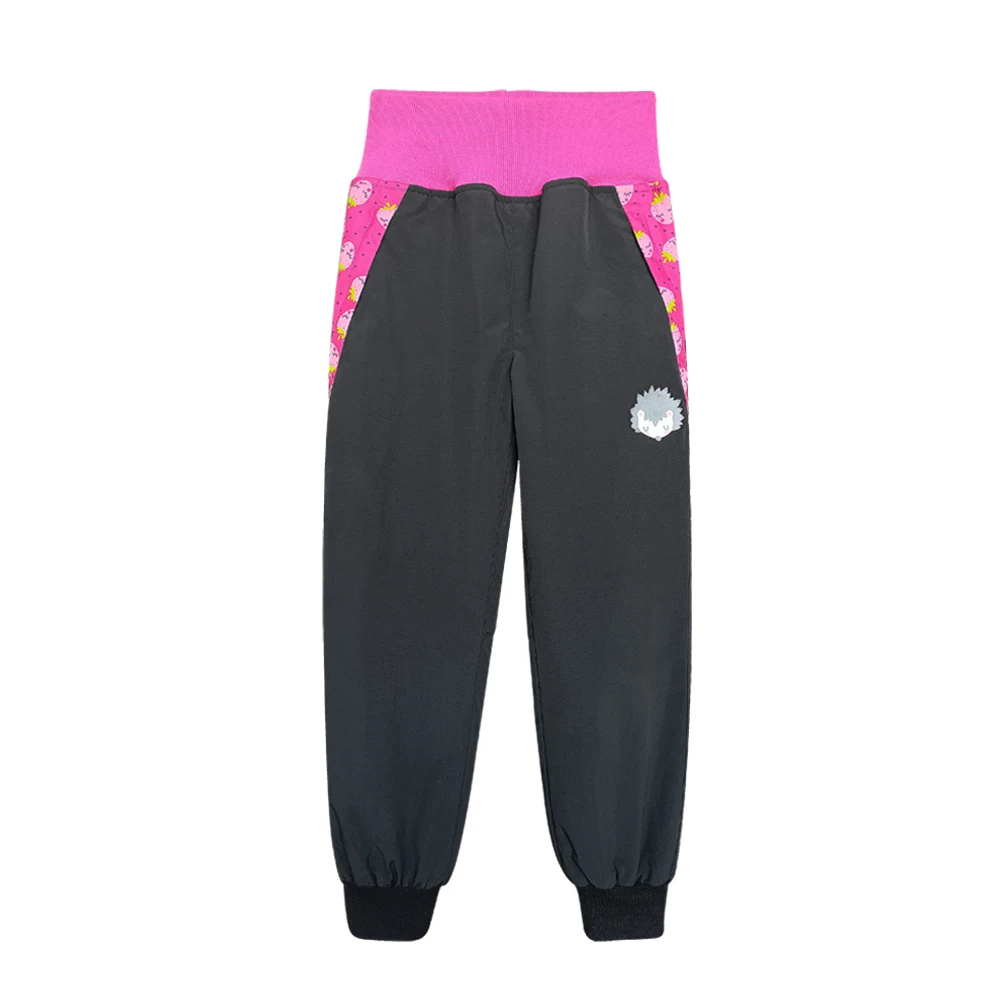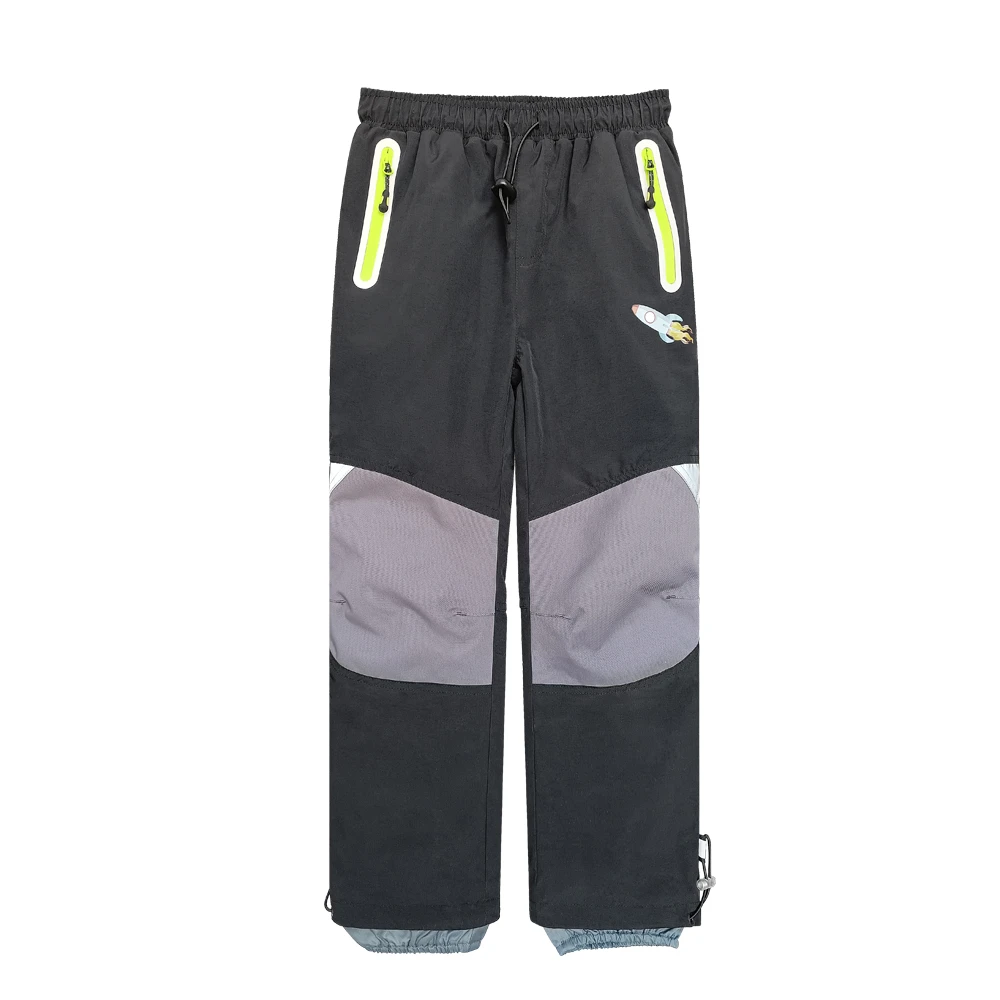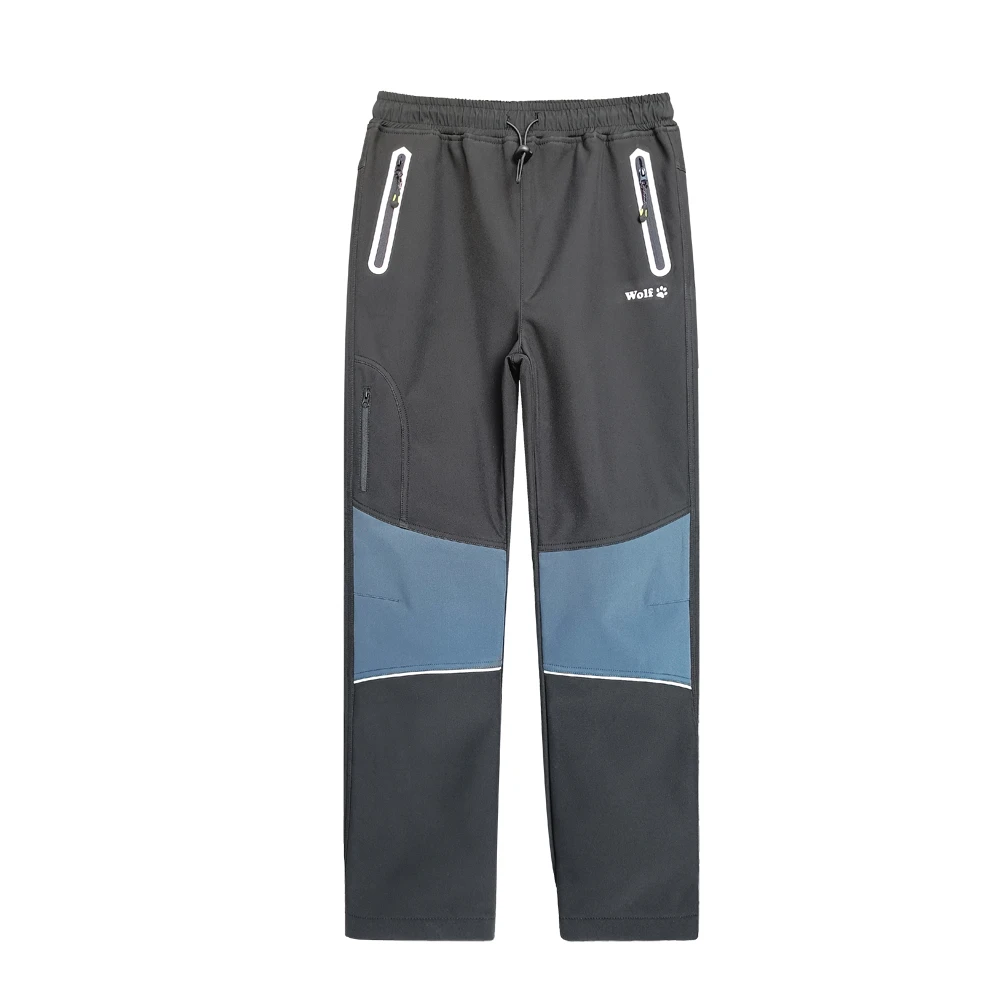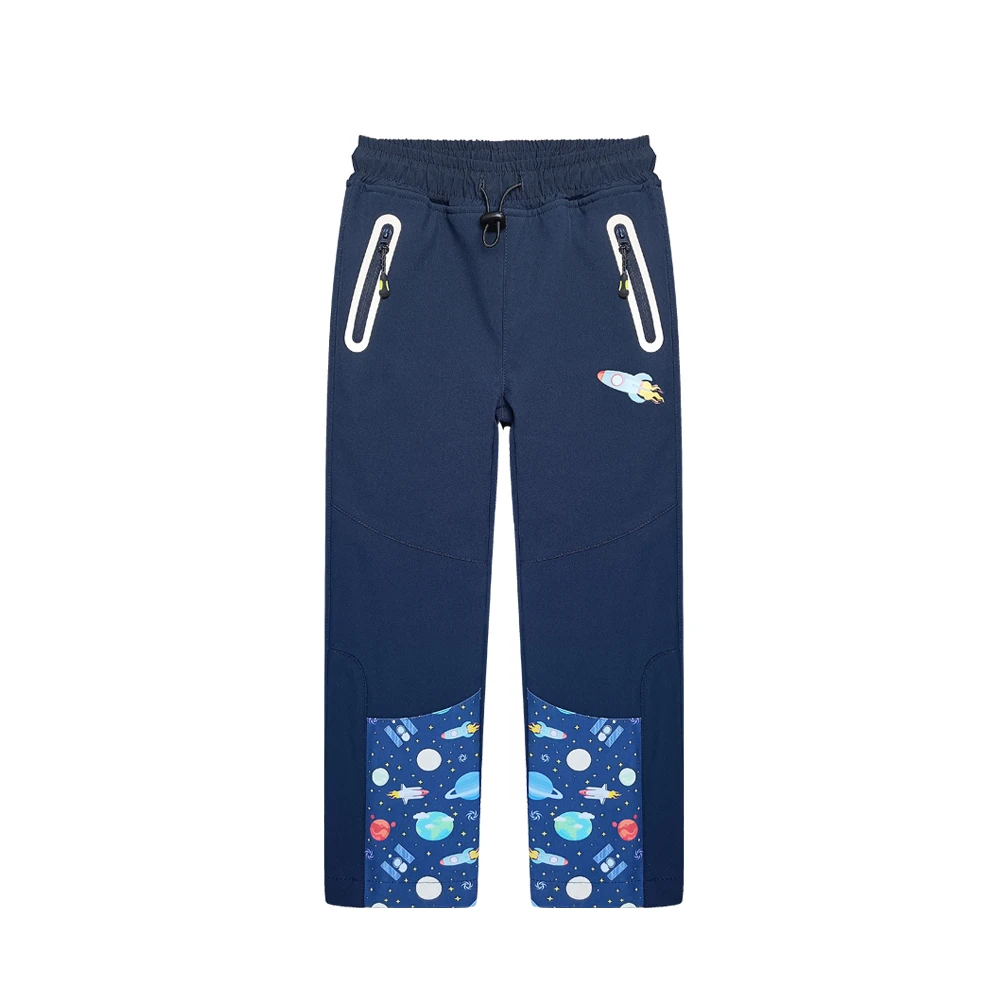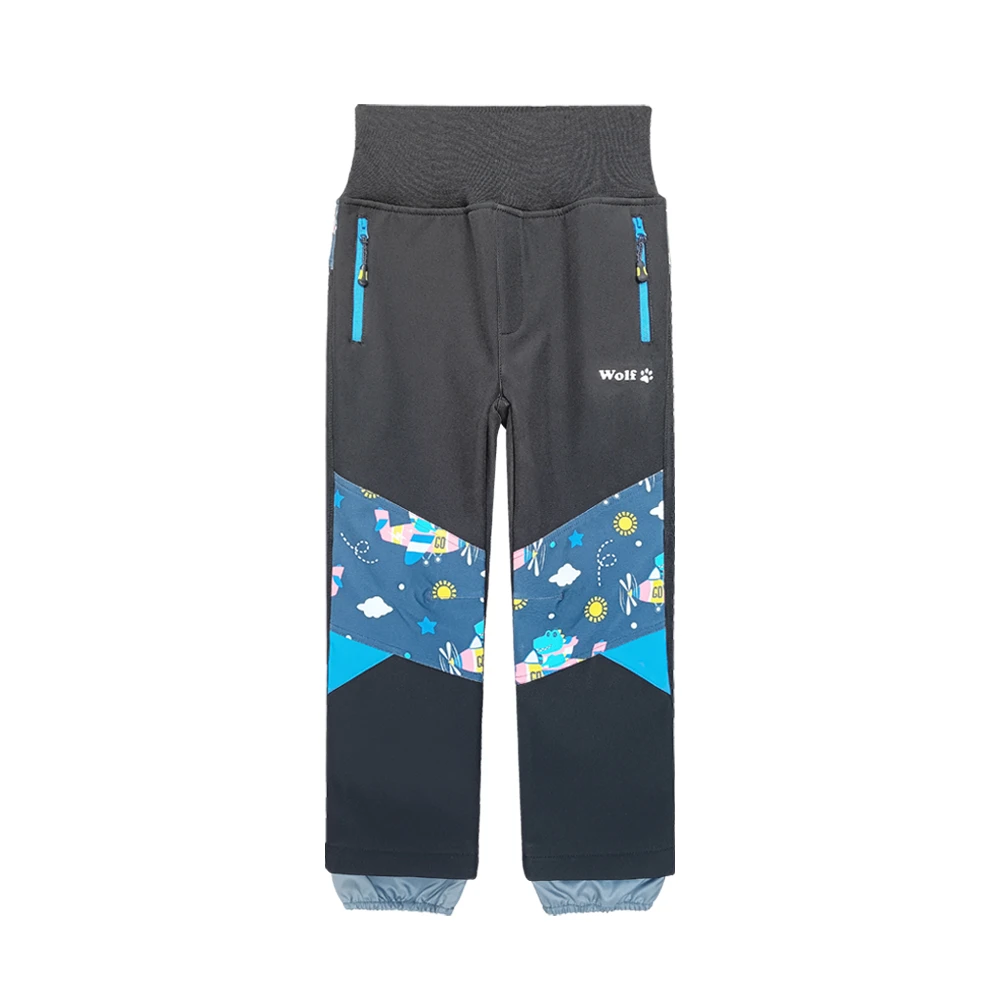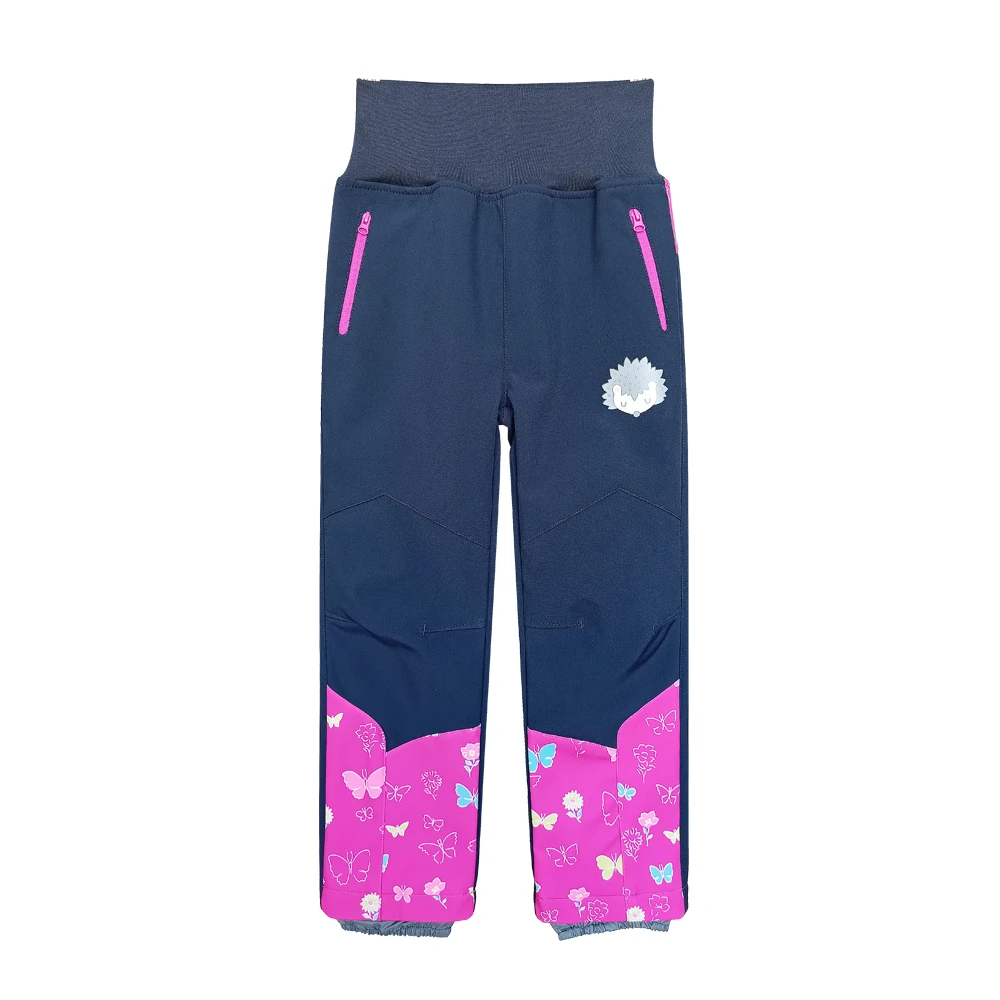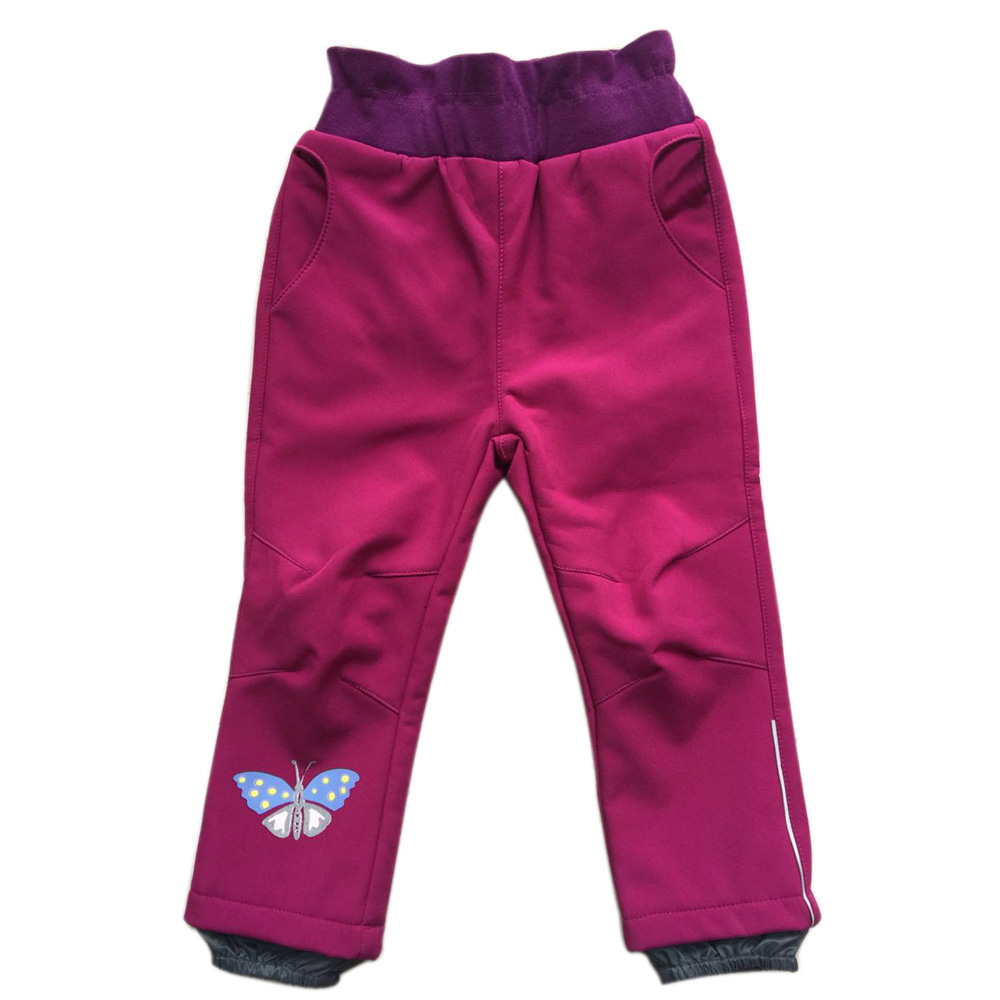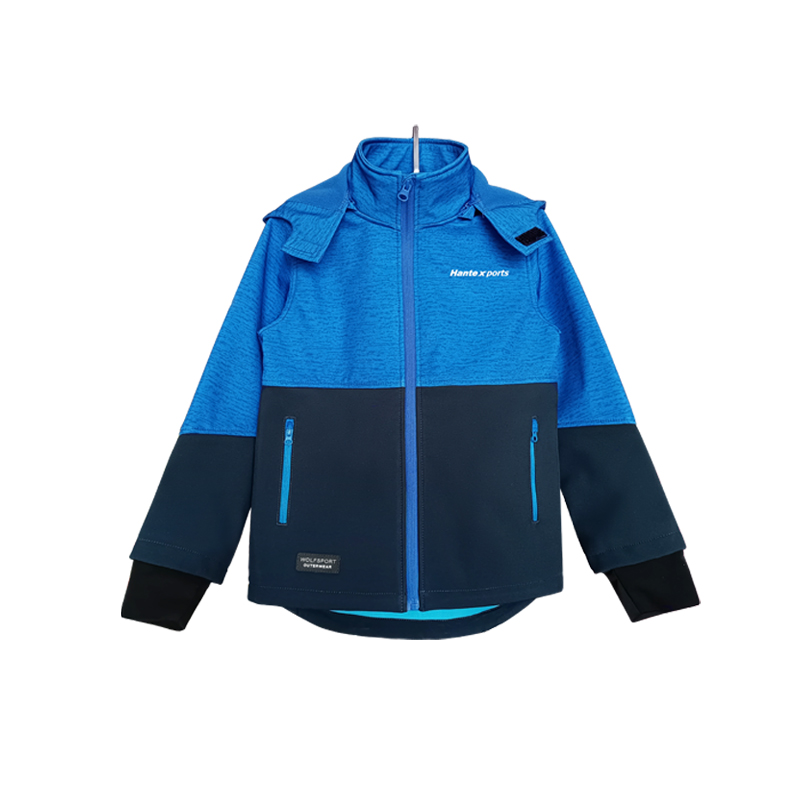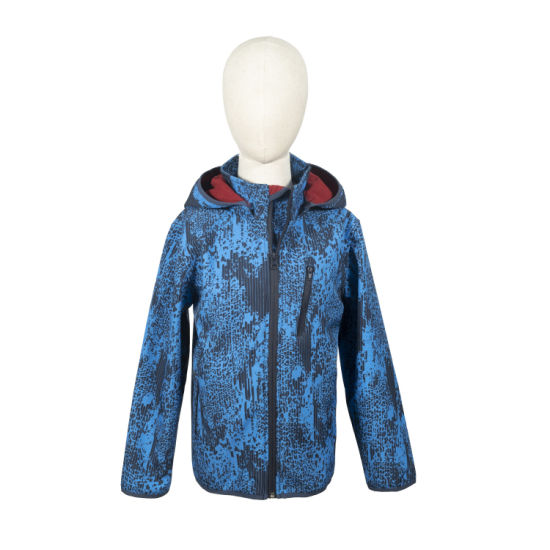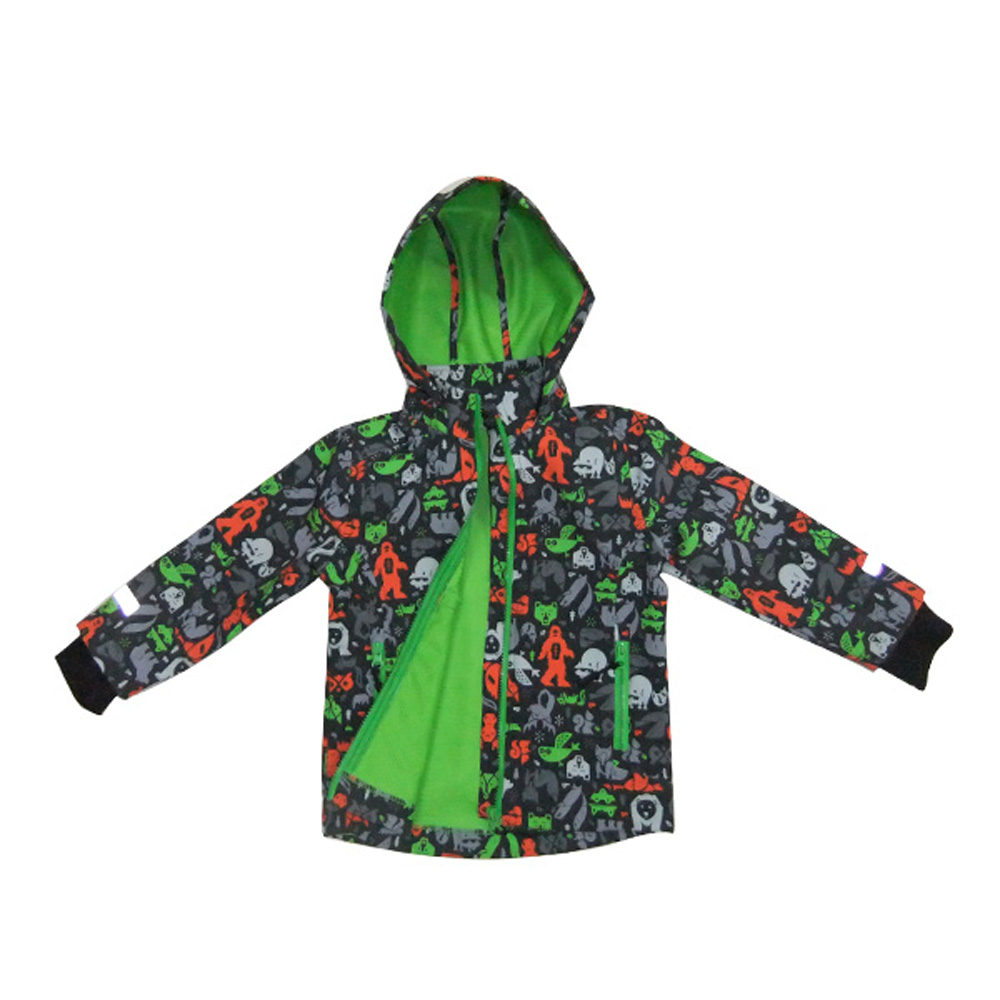What is Thermal Sportswear and Why It Matters Globally
Thermal sportswear might sound niche at first, but think about it—millions of athletes, outdoor workers, and adventurous souls worldwide rely on it to keep warm, dry, and performant in extreme conditions. As climate unpredictability rises and outdoor fitness booms, understanding thermal sportswear becomes vital both for individuals and industries. Its benefits? Enhanced endurance, injury prevention, and improved comfort, to name a few. It's not just about staying warm but about optimizing your body's natural performance no matter what Mother Nature throws at you.Global Context — Why Thermal Sportswear Is More Important Than Ever
Thermal sportswear is no longer just for mountaineers or winter runners. According to the International Organization for Standardization (ISO), more than 20% of global workers operate in cold environments, underscoring the need for correctly engineered thermal apparel. The United Nations reported a steady increase in outdoor sports participation in colder regions, pushing innovation in thermal clothing technologies. But there’s a challenge: standard apparel often fails to balance insulation with breathability, leading to discomfort or even hypothermia risks for vulnerable workers and athletes alike. Imagine a logistics company operating in Siberia — poor thermal gear can slow down productivity and even cause health issues. Hence, developing smarter thermal sportswear that adapts to varied activities and environments is an urgent industry challenge.
Mini takeaway: Thermal sportswear bridges global health, safety, and performance needs as active lifestyles and cold weather working conditions expand worldwide.
Defining Thermal Sportswear: Activewear that Works With Your Body
Simply put, thermal sportswear is performance clothing designed to retain body heat while allowing moisture (like sweat) to evaporate efficiently. It uses specialized fabrics – think of them as “smart” materials – that trap warmth without leaving you soggy or overheating. Historically, wool and fleece dominated this space, but modern thermal gear incorporates synthetic fibers like polyester blends, merino wool, and even phase-change materials that react dynamically to temperature shifts. On a broader level, thermal sportswear intersects with humanitarian efforts too. Cold-weather emergency blankets and garments developed for disaster relief share core technologies with high-end thermal apparel used by athletes or field workers. The synergy between functionality and comfort here is genuinely fascinating.Brief summary:
- Thermal sportswear optimizes core temperature and moisture management.
- It blends traditional warmth with scientific fabric innovations.
- It serves diverse sectors — sports, industry, and humanitarian aid.
Key Factors That Make Thermal Sportswear Effective
1. Insulation Efficiency
Insulation is the heart of thermal sportswear — but good insulation doesn’t mean thick, bulky layers. Instead, it’s engineered to trap air pockets close to your skin, using materials that block heat loss while remaining lightweight. Merino wool and synthetic fleece remain favorites but now blend with newer tech like hollow-core fibers.2. Moisture Management
Sweat is the enemy of warmth. If your thermal gear gets soaked, it becomes useless. That’s why moisture-wicking and breathable fabrics are crucial. Technologies like Dri-FIT or Polartec fabrics pull sweat away from skin to the outer surface, where it evaporates quickly, keeping you dry.3. Durability and Flexibility
Thermal sports clothing often endures harsh treatment — stretching, abrasion, repeated washing. Quality depends on durable fabrics that also maintain elasticity. This balance ensures freedom of movement without wearing out prematurely.4. Weight and Packability
Outdoor enthusiasts value gear that’s not a burden. Modern thermal sportswear aims to provide maximum warmth at minimal weight and space. It’s common now to find packable jackets and base layers that compress to fit in small bags.5. Odor Control
Wearing thermal layers for hours? Nobody wants to smell the aftermath. Antimicrobial finishes and natural fibers like merino wool inhibit bacterial growth, so thermal sportswear stays fresher longer.| Specification | Typical Feature |
|---|---|
| Fabric Types | Merino wool, Polyester blends, Fleece, Phase-change materials |
| Insulation Level | Light to heavy based on layering system (base, mid, outer layers) |
| Moisture Management | High breathability with wicking technology |
| Weight | Lightweight to moderately heavy (100-300 grams depending on layer) |
| Additional Features | Odor-resistant, windproof membranes, stretchability |
Mini takeaway: Insulation, moisture control, durability, and lightness form the pillars of effective thermal sportswear — combining science with comfort.
Global Applications and Use Cases of Thermal Sportswear
From sweaty Arctic researchers to marathon runners in crisp autumn air, thermal sportswear finds utility almost everywhere cold conditions meet active bodies.- Outdoor Sports: Skiers, cyclists, hikers, and winter runners rely on thermal layering for peak performance.
- Industrial Workers: Construction teams and maintenance crews working in cold zones demand thermal gear that protects while allowing mobility.
- Emergency Services: Firefighters and search-and-rescue teams use thermal wear designed for rapid response in difficult environments.
- Humanitarian Aid: Thermal garments form vital components of relief kits distributed in disaster-hit cold regions, ensuring dignity and survival.
Vendor Comparison of Popular Thermal Sportswear Brands
| Brand | Material Specialties | Price Range | Best Use | Special Features |
|---|---|---|---|---|
| ColdTech | Polyester blends with thermal reflective lining | $$ | Outdoor sports enthusiasts | Lightweight, breathability focus |
| ArcticWool | 100% Merino wool | $$$ | High-end winter wear | Odor-resistant, moisture-wicking |
| FlexTherm | Phase-change fabrics, stretchable blends | $$$ | High-performance athletes | Dynamic temperature regulation |
Mini takeaway: Thermal sportswear's versatility spans sports, industry, and humanitarian aid — its applications are as diverse as the climates it combats.
The Advantages and Long-Term Value of Thermal Sportswear
Thermal sportswear isn’t just a luxury; it’s an investment. The benefits are tangible:- Cost Savings: Durable thermal gear reduces the need for multiple layers or frequent replacements.
- Sustainability: Many brands now prioritize eco-friendly materials and manufacturing.
- Safety and Trust: Reliable thermal wear reduces cold-induced injuries and builds confidence.
- Comfort & Performance: It lets wearers focus on their activity, not on shivering or overheating.
Looking Ahead: Future Trends in Thermal Sportswear
The future looks pretty smart for thermal wear. Emerging tech like graphene-enhanced fabrics promises ultra-thin insulation with superb heat retention. Biodegradable fibers and low-impact dyeing reduce environmental footprints. Digital integration — think wearables embedded in garments — can monitor body temperature and adjust insulation dynamically. Automation in production means custom-fitted thermal gear could become more affordable and personalized. Plus, policies on sustainability (ISO 14001, for example) push manufacturers to innovate responsibly.Challenges and Practical Solutions in Thermal Sportswear
There are hurdles. The balancing act of warmth vs. breathability often leaves users frustrated. Some synthetic fabrics shed microplastics, raising environmental concerns. Also, fitting thermal wear in diverse body types can be tricky. Experts suggest multi-layering systems combined with modular garments as a flexible solution. Use of hybrid fabrics — combining natural and technical fibers — helps tackle odor and environmental impacts. Plus, educating users about proper thermal layering can make all the difference.FAQ: Frequently Asked Questions About Thermal Sportswear
- How should I layer thermal sportswear for different activities?
- Start with a moisture-wicking base layer to keep skin dry, add an insulating mid-layer for warmth, and finish with a windproof, waterproof outer layer if needed. Adjust thickness based on activity intensity and weather conditions.
- Can thermal sportswear be used year-round or only in winter?
- While designed for cold, many thermal garments are versatile. Lightweight thermal layers help regulate temperature in cool spring or autumn weather and can be used for chilly evenings year-round.
- Is merino wool better than synthetic fabrics for thermal wear?
- Merino wool excels at odor control and natural insulation but dries slower than synthetics. Synthetic fabrics generally offer quicker drying and greater durability in extreme wet conditions. Choice depends on use case.
- Are thermal sports clothes eco-friendly?
- Increasingly yes. Many brands use organic fibers, recycled materials, and sustainable dyeing methods. Certifications like OEKO-TEX and Bluesign help verify eco-friendly practices.
- How do I care for my thermal sportswear to maintain performance?
- Follow washing instructions carefully — typically wash in cold water, avoid fabric softeners, and air dry. Proper care preserves fabric properties like insulation and moisture management.
